Mixing Old and New Design for Home Decore
Introduction
Mixing vintage and modern pieces in your design can be intimidating, but it can also be a really cool way to make your space stand out. You can pay tribute to the past but also keep things modern and fresh. Let’s take a look at how to do that! Let’s see how it can be done!
Mixing Old and New in Design for Home Decore
One of the most popular trends in Home Decore design today is the blending of old and new. But what is the art of mixing old & new? The art of mixing old or vintage pieces with contemporary decor in one space. Mixing old & new is the art of creating a dynamic, one-of-a-kind look that makes any room more interesting & alive. Why mix old & new in design? Not only does old & new add character & depth to your space, but they also tell a story. You get to show off your personality & style while creating visual narratives that reflect your taste & vision.
But mixing old and new isn’t always easy. First, you need to know your space and personality. You don’t want your room to look like a jumble of random bits and pieces. Color and texture are important. Mixing textures and finishes add dimension, but it’s important to find the right balance. Finally, you need a focal point to connect the elements. Whether it’s a statement piece, artwork, or lighting, it’s up to you to decide what works best for your space. Combining old and new takes creativity and thoughtfulness, but when done correctly, it creates a beautiful, inviting space that’s uniquely yours.
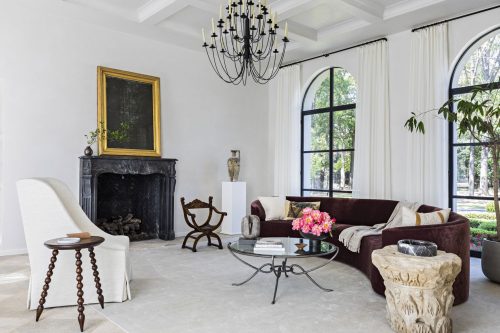
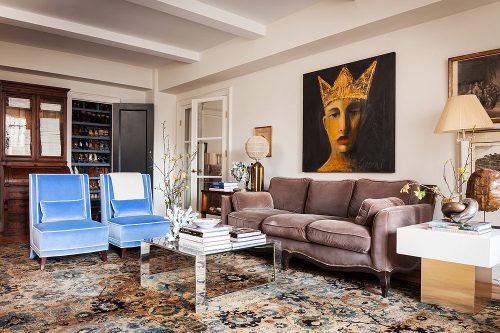
Choosing the Right Antique and Contemporary Pieces for Home Decore
Selecting the right antique pieces and contemporary pieces can seem overwhelming, but if you understand your space and style, it’ll be much easier. When mixing old and new, you’ll want to consider color and texture. Don’t be afraid to mix metal and finishes, but make sure they match. Another important factor to consider is the focal point. You want your antique piece to stand out from the rest of your Home Decore.
You can achieve this by choosing a statement piece that stands out from the rest. Or, you can choose a piece with a similar shape, pattern, or motif. Understanding your space and style as well as working with color, textures, and focal points will help you seamlessly incorporate antique and contemporary pieces into your design. So don’t be scared to experiment!
Blending Antique and Contemporary Pieces in Furniture
If you’re looking to add some character and style to your space, try mixing antique and modern pieces in your furniture. An easy way to do this is to pair an antique sofa with a modern armchair. This will bring some brightness and vibrancy to your room. You can also pair an antique table with some modern accessories, like a lamp or a vase. Lighting is also an important part of the design, so why not mix old and new lighting? You can pair vintage bulbs with modern shades, or modern fixtures with antique wiring and bulbs – it’s the perfect way to brighten up your space!
Decorating with antique and modern pieces can be a challenge, but don’t let that stop you from making a statement. Adding antique art or accessories to a modern space will give it depth and texture, while modern art or accessories to an antique space will add a splash of color and make it feel more alive. Mixing antique and modern pieces in your furniture and decor is a great way to create a one-of-a-kind, personalized space. Just make sure you pick pieces that work together and balance out the overall look of the Home Decore.
Mixing and Matching Antique and Home Decore
Antique and contemporary decor can complement each other and add personality to any space. For a contemporary space, vintage art and accessories can create a striking and unexpected contrast. For a minimalist room, a vintage vase or a framed painting will add depth and character. For a traditional space, a sleek sculpture or a bold print can create a focal point. Contemporary art and accessories can give an antique space a fresh and exciting look. Balancing antique and new can be difficult, but the outcome can be a beautiful and dynamic design.
Conclusion
Mixing vintage and modern pieces in your design is a great way to create a one-of-a-kind, personalized space that speaks to your personality and style. When choosing pieces, think about your space, colors, textures, and focal points. Combine vintage and modern pieces with lighting, artwork, and accessories.
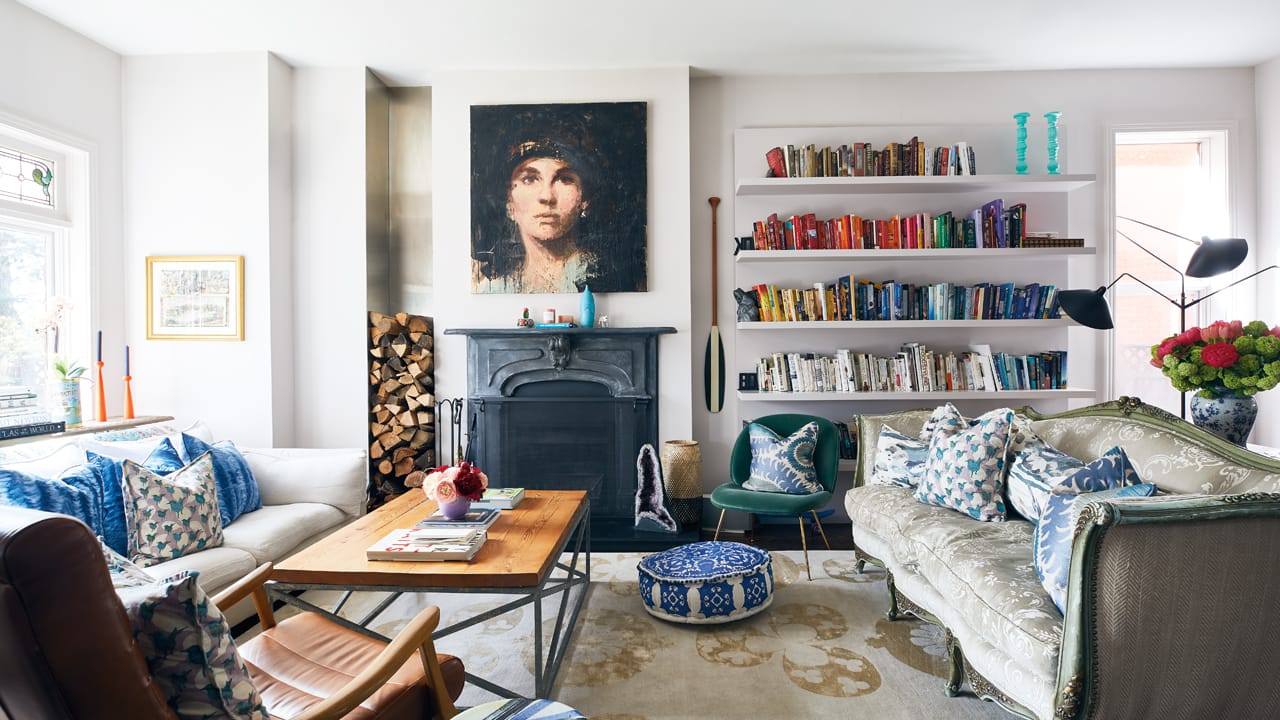
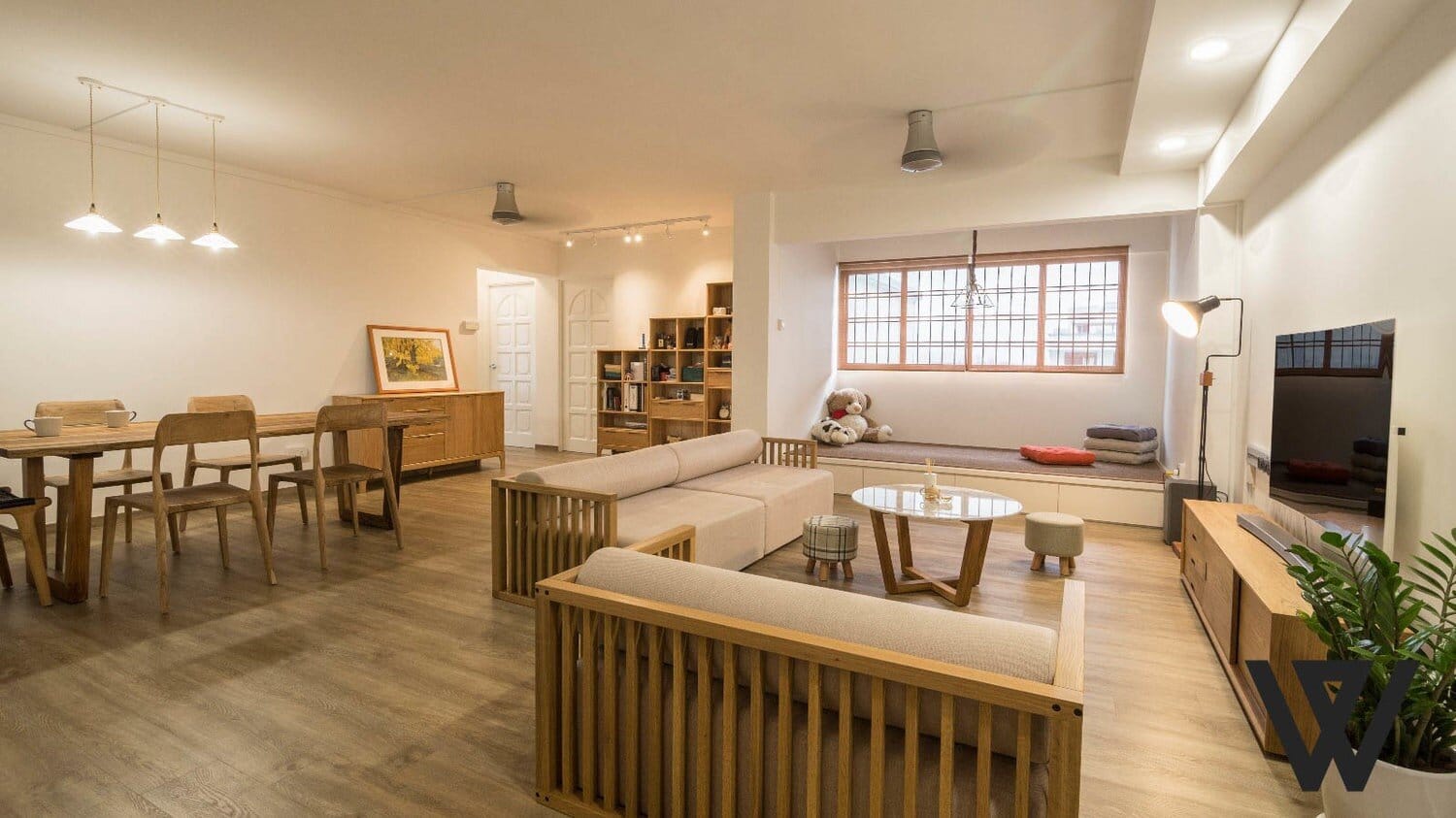
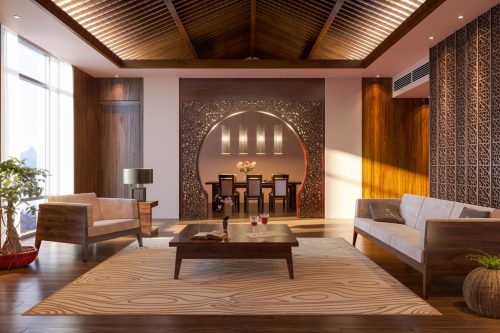
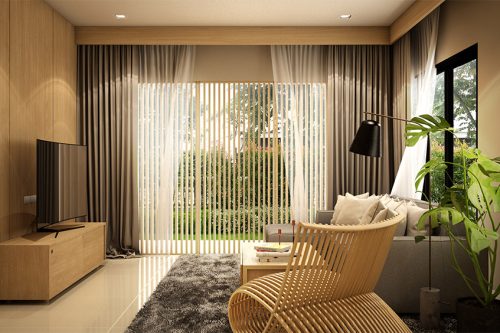

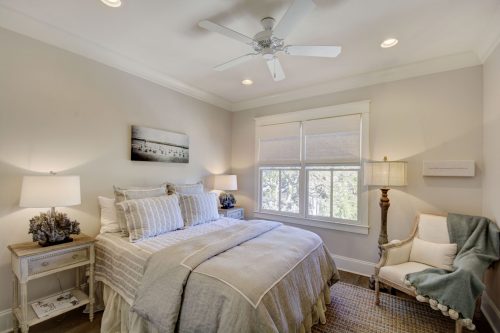
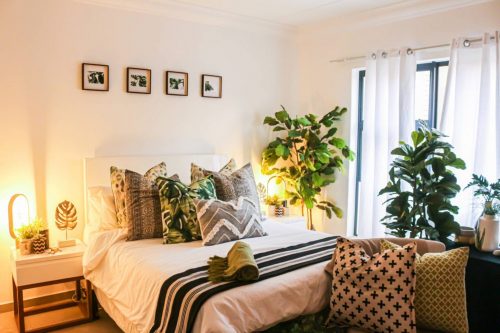
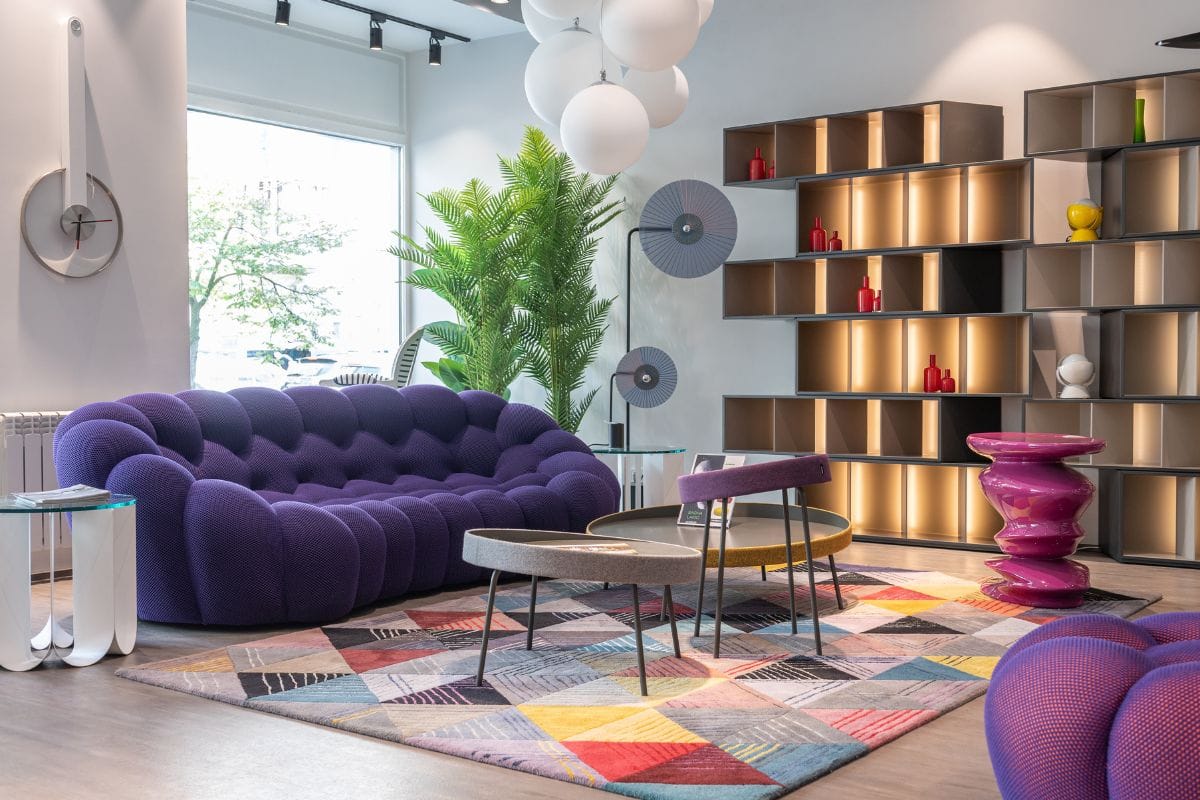
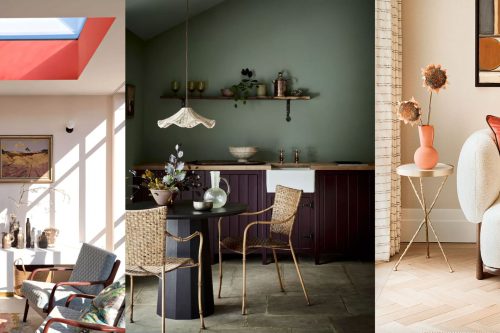
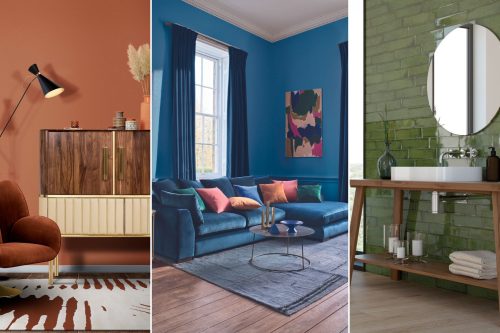
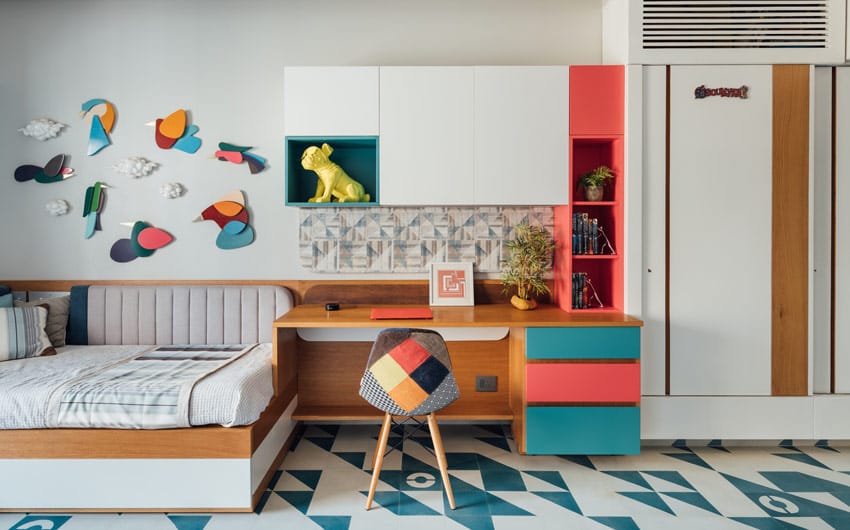
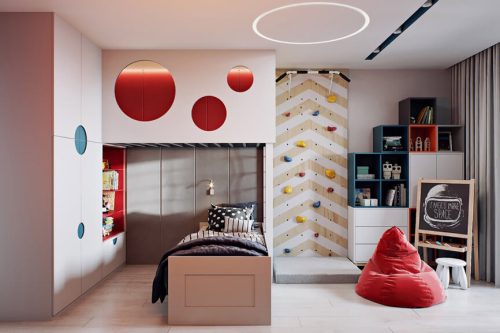
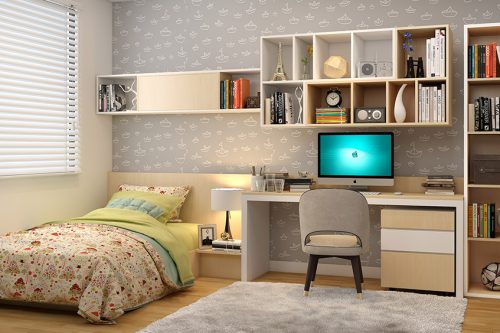
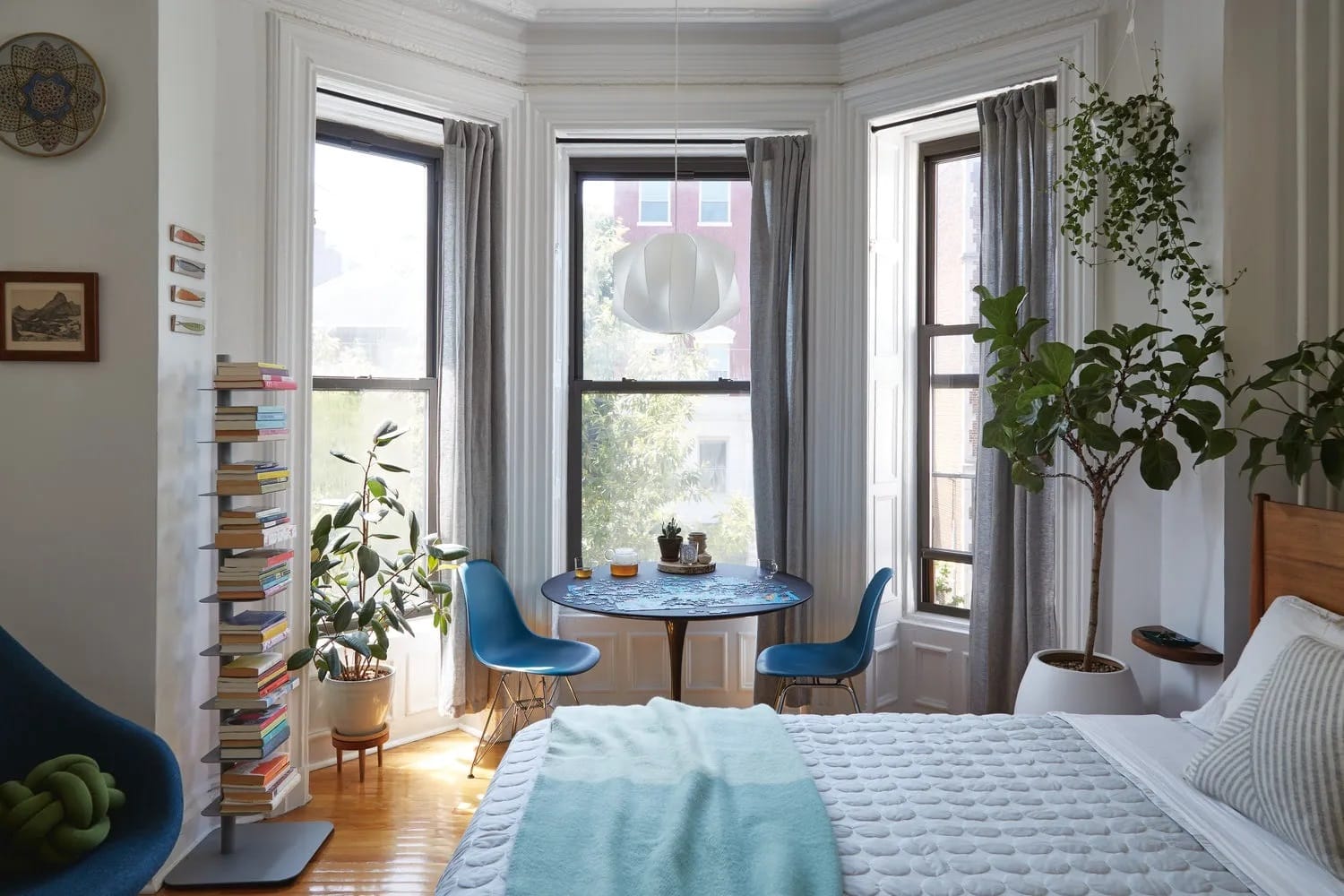
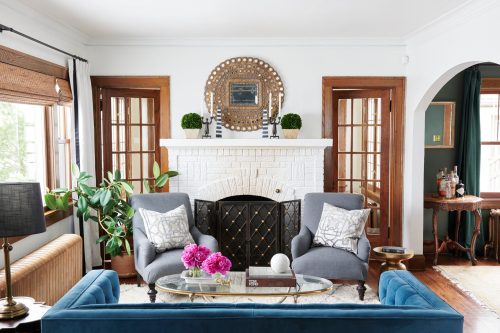
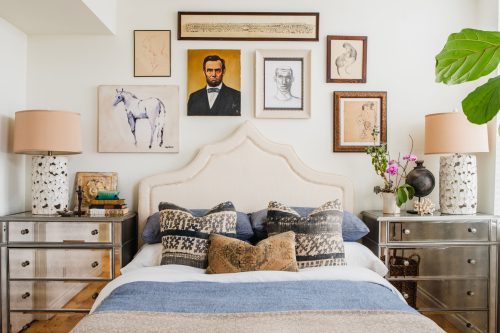
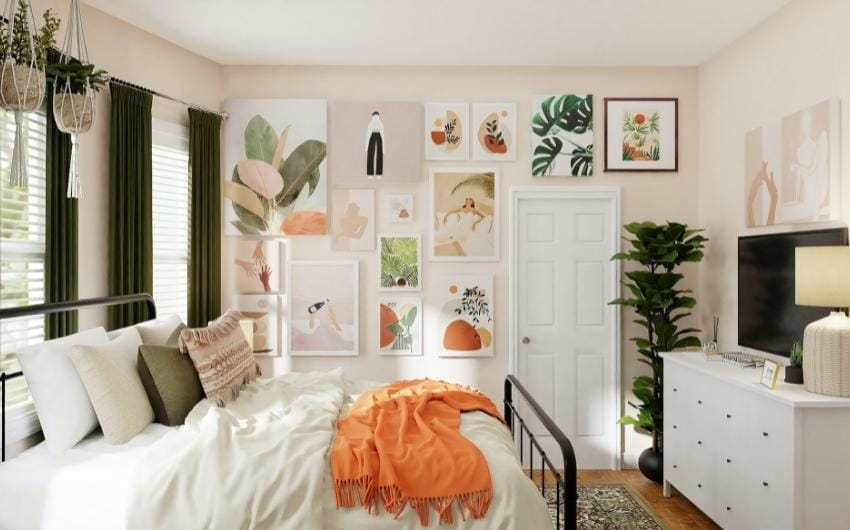
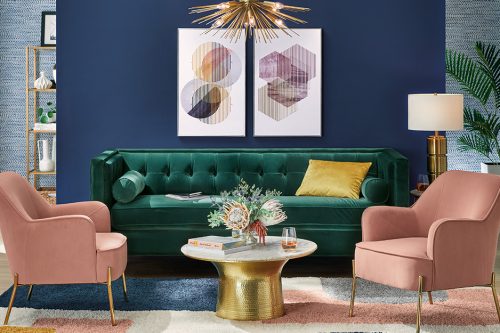
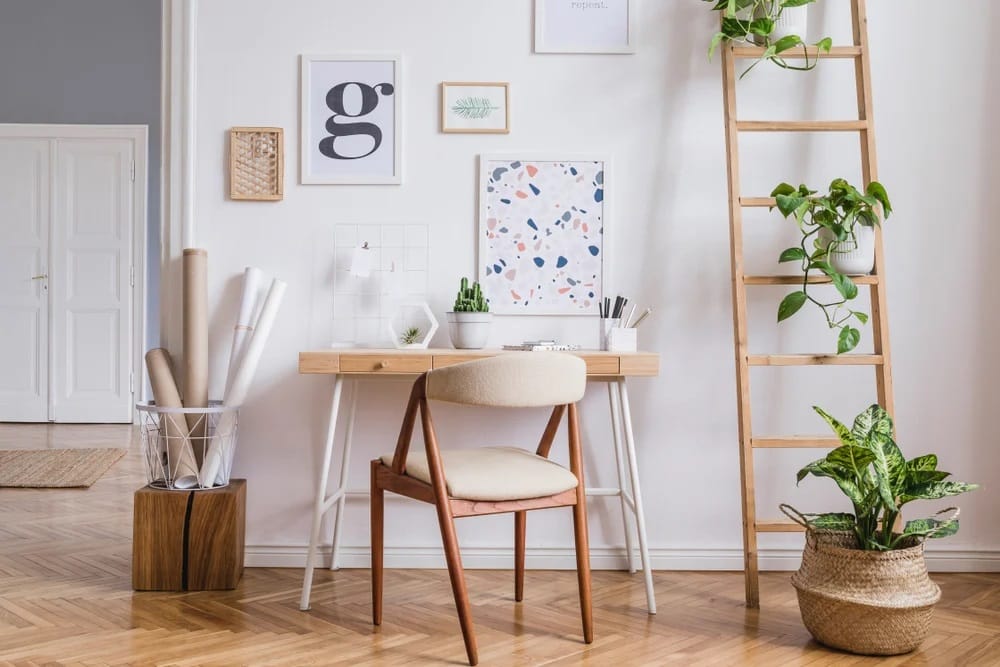
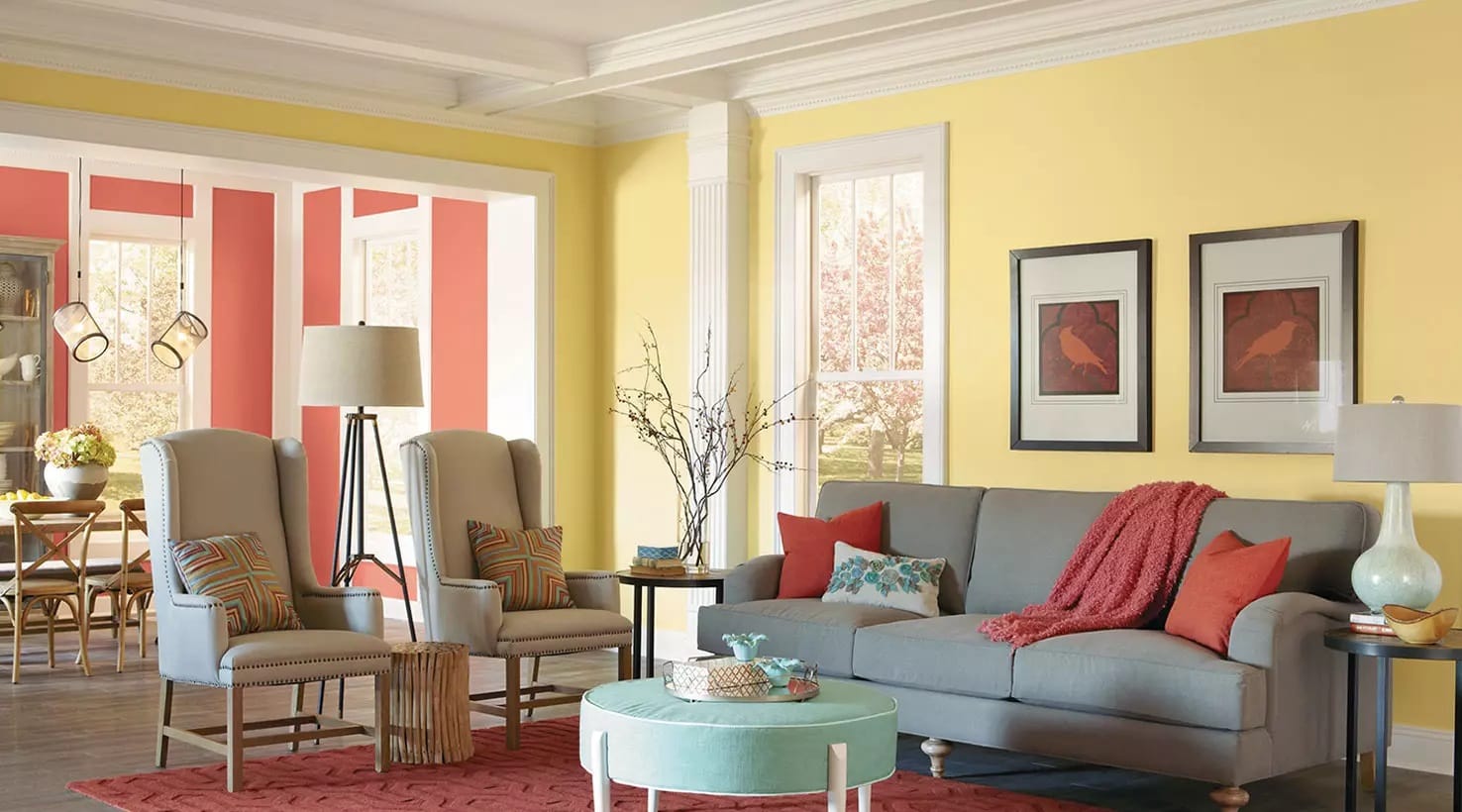
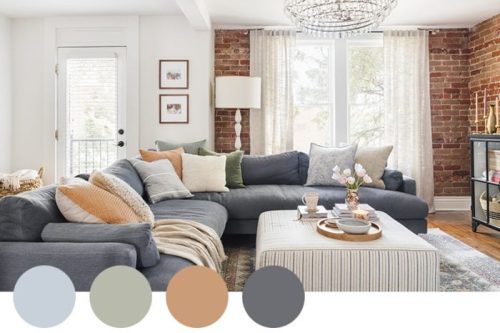
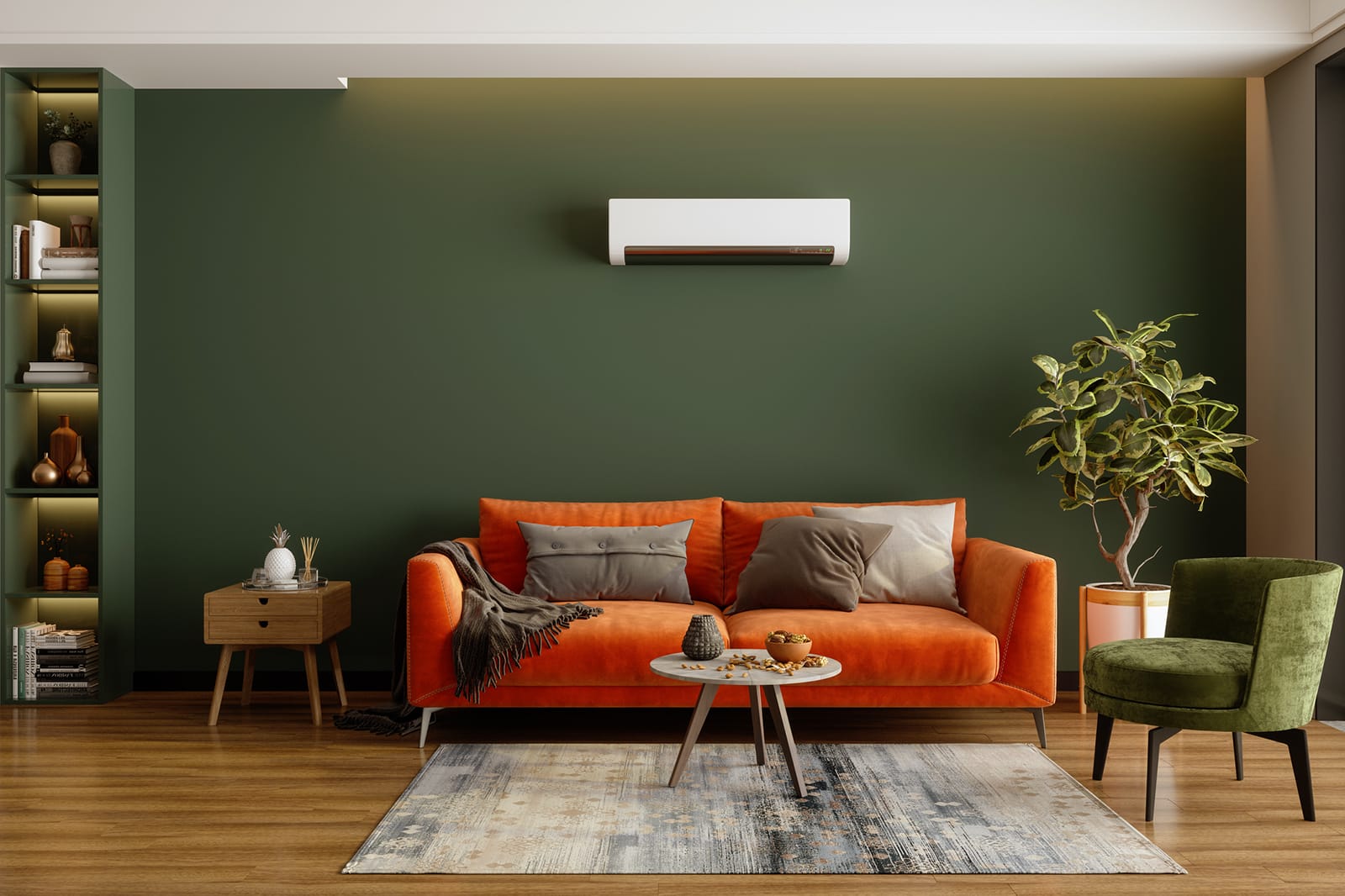
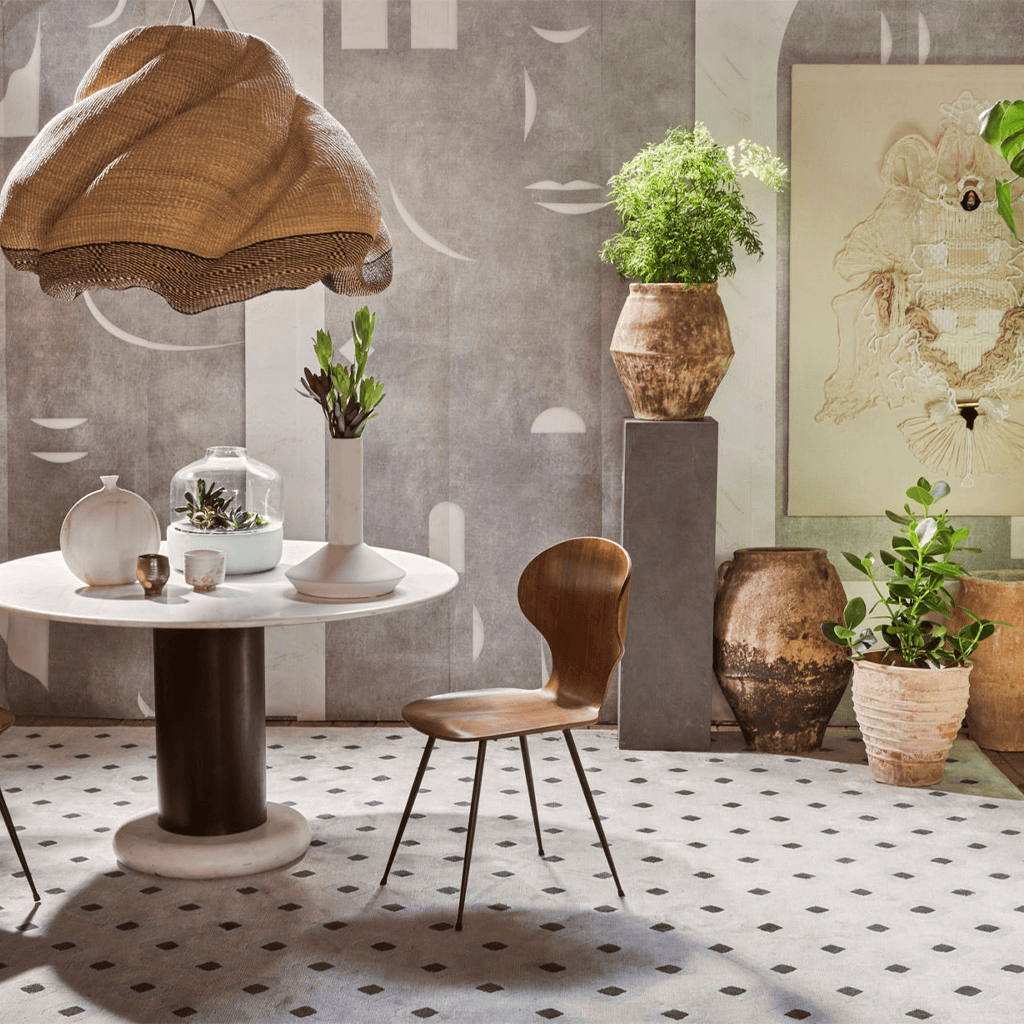
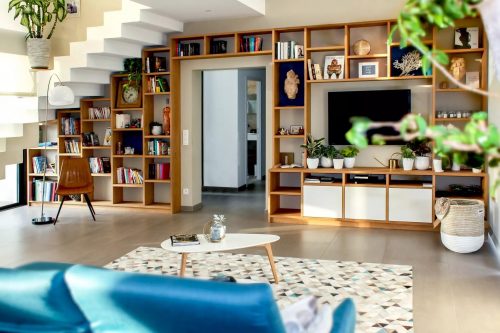
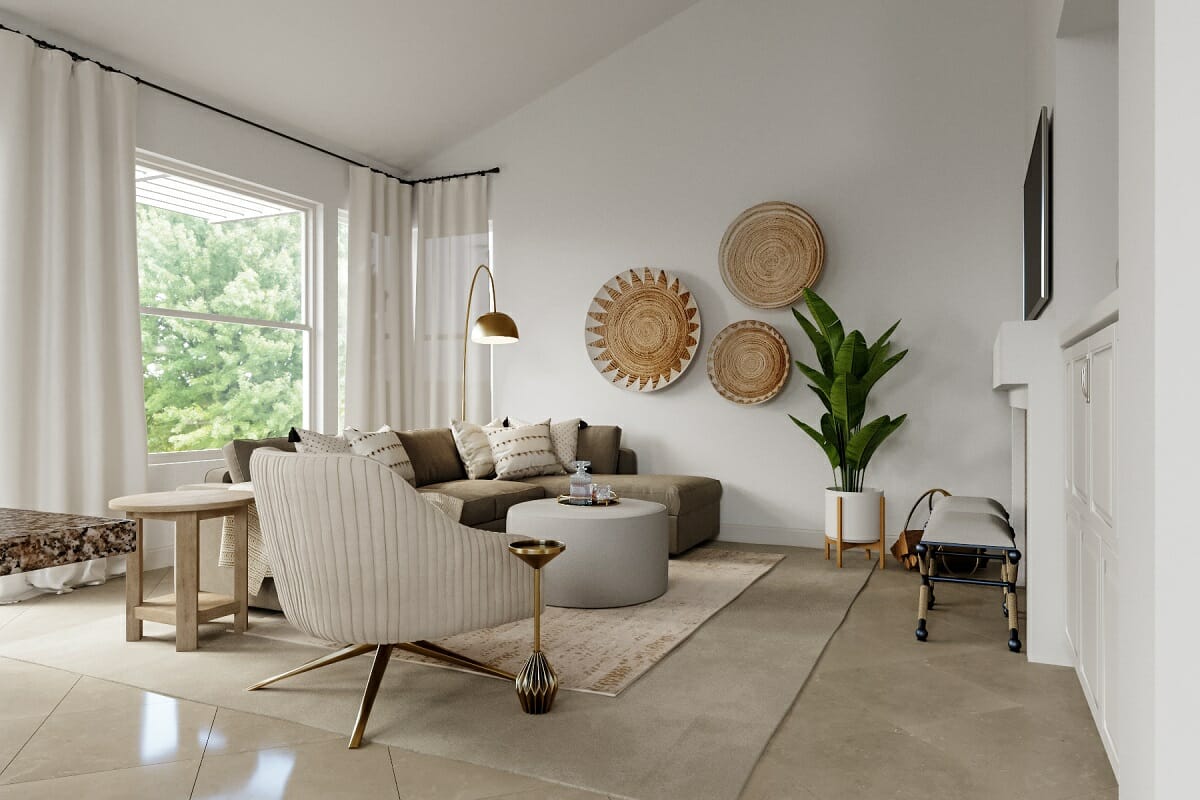
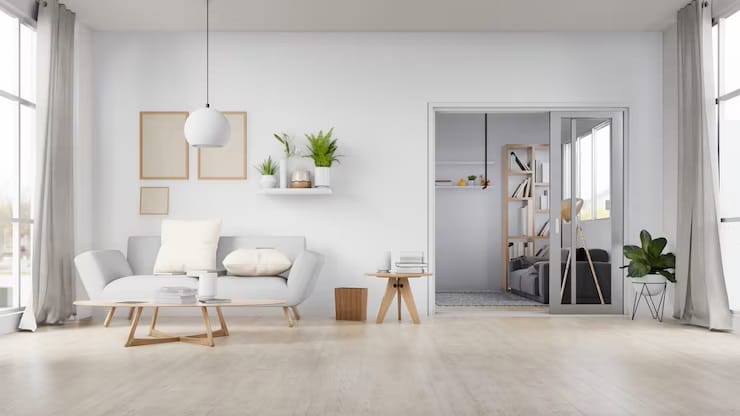
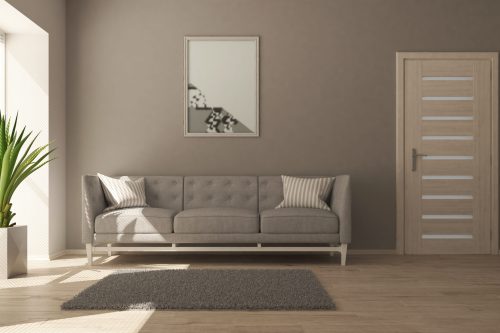
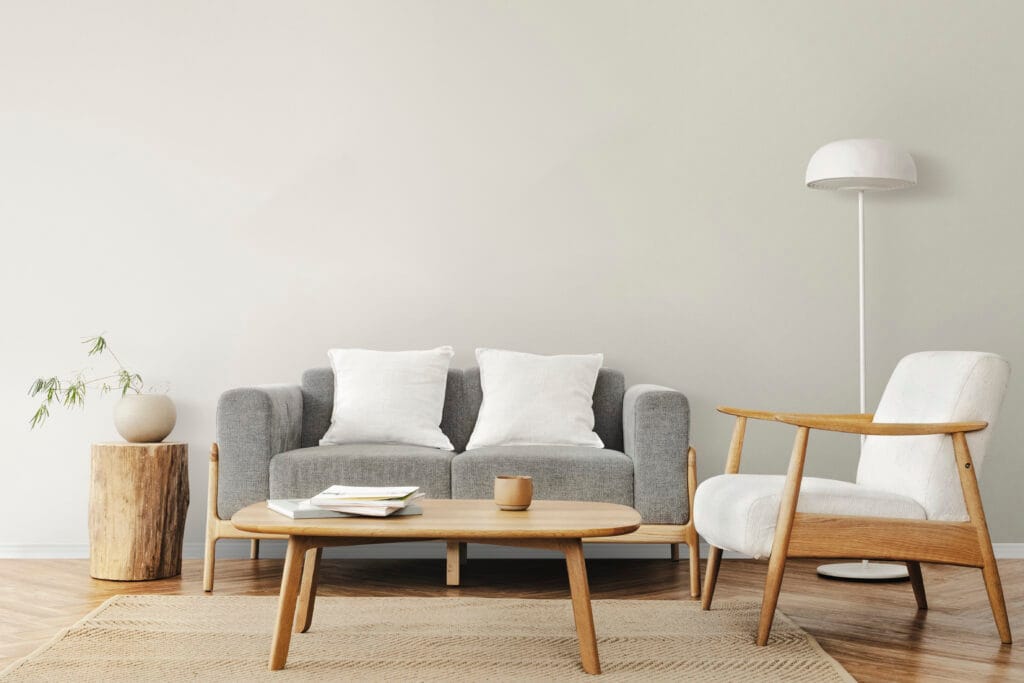
 triumph over quantity. Limiting the number of furniture pieces and decorations to only what is necessary creates a clean and serene environment, allowing each piece to stand out on its own. Opting for high-quality furniture ensures longevity and timelessness. Steer clear of the trends; instead, invest in statement pieces that serve dual functions, such as a unique coffee table or a multi-storage media console. Texture and materials play a vital role in creating depth and warmth in the space.
triumph over quantity. Limiting the number of furniture pieces and decorations to only what is necessary creates a clean and serene environment, allowing each piece to stand out on its own. Opting for high-quality furniture ensures longevity and timelessness. Steer clear of the trends; instead, invest in statement pieces that serve dual functions, such as a unique coffee table or a multi-storage media console. Texture and materials play a vital role in creating depth and warmth in the space.